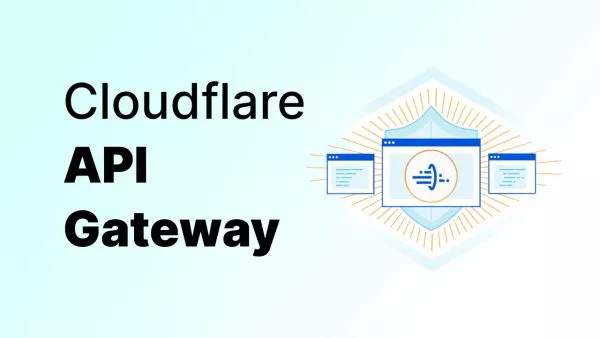- 1. What is Cross-Site Scripting (XSS)?
- 2. Types of XSS Attacks
- 3. Potential Dangers of XSS
- 4. Protecting Against XSS Attacks
- 5. Summary
Cross-Site Scripting, commonly abbreviated as XSS, stands as one of the most prevalent security vulnerabilities in web applications today. Although it might sound like a sophisticated hacking technique, at its core, XSS is relatively simple to understand. Let's break down the nuts and bolts of this attack and understand how we can protect our applications from it.
1. What is Cross-Site Scripting (XSS)?
XSS is a type of security vulnerability that allows attackers to inject malicious scripts into web pages viewed by other users. This code runs in the context of the victim's browser and can change the content of the webpage, steal information, or perform actions on behalf of the unsuspecting user.
2. Types of XSS Attacks
XSS attacks can be broadly categorized into three types:
Stored (or Persistent) XSS
Here, the injected malicious script gets stored on the server (e.g., in a database). When a user views a page pulling data from this source, the script runs. Common examples include user profiles, comment sections, and forums.
Reflected XSS
In this scenario, the malicious script is part of the URL. The victim is typically tricked into clicking a link, and the web application then reflects the script from the URL into the content of the page. This code is executed immediately without being stored.
DOM-based XSS
Here, the attack payload is executed as a result of modifying the DOM (Document Object Model) of a web page. The JavaScript in the page alters its structure, which can lead to malicious scripts running unexpectedly.
3. Potential Dangers of XSS
The risks associated with XSS attacks are vast:
- Session Cookie Theft: Attackers can grab a user's session cookie, giving them unauthorized access to the user's session.
- Phishing: By altering the content of a legitimate website, attackers can trick users into divulging personal data.
- Spreading Malware: XSS can be used to embed malicious scripts that download and install malware on a user's device.
- Defacement: Attackers can use XSS to change the appearance and content of a web page.
4. Protecting Against XSS Attacks
Defending your application from XSS attacks is paramount. Here are a few best practices:
- Escape Data: Always escape user-generated data before rendering it on your site. This ensures that any scripts inserted by users aren't executed.
- Use Content Security Policy (CSP): Implementing a CSP can prevent the execution of malicious scripts. It controls the sources from which scripts can be loaded, blocking any unapproved sources. Validate Input: Always validate and sanitize user inputs to ensure they don't contain malicious scripts.
- Update and Patch: Regularly update your software, frameworks, and libraries to patch any known vulnerabilities.
5. Summary
While XSS attacks are pervasive and have the potential to cause significant harm, understanding the nature of these attacks is the first step in defending against them. By adopting best practices and being vigilant, developers can build web applications resilient to these threats. Ensure you're always up to date with the latest security protocols and maintain a proactive approach to safeguarding your web assets.


